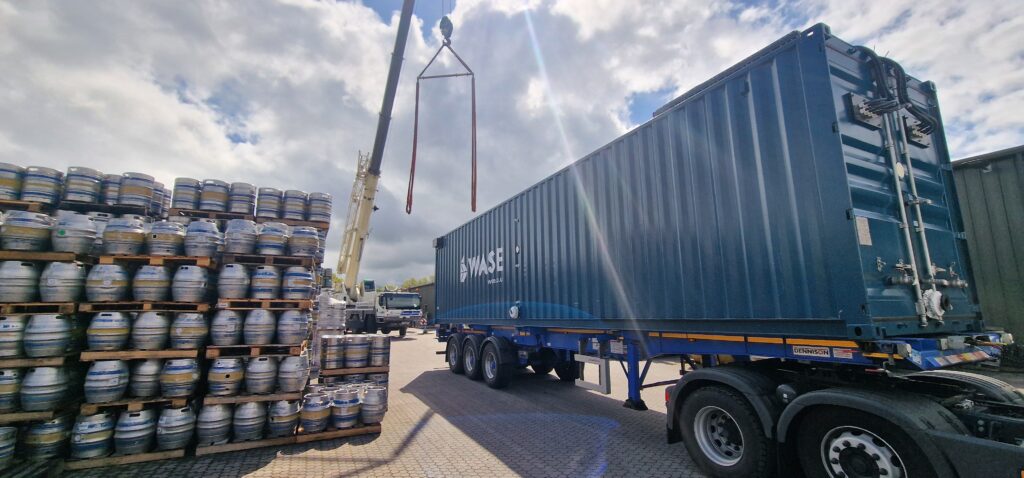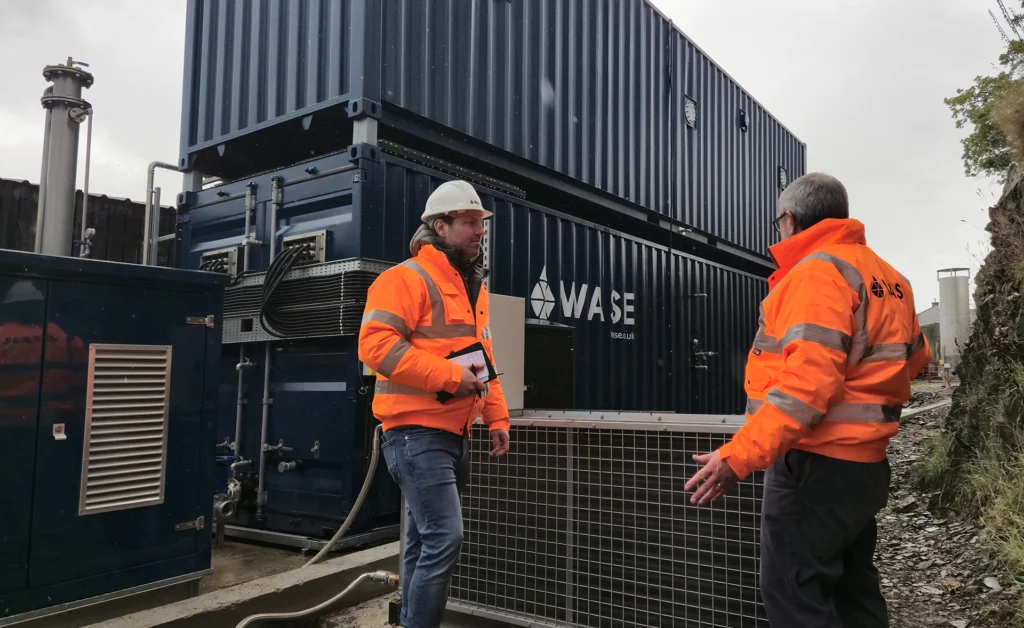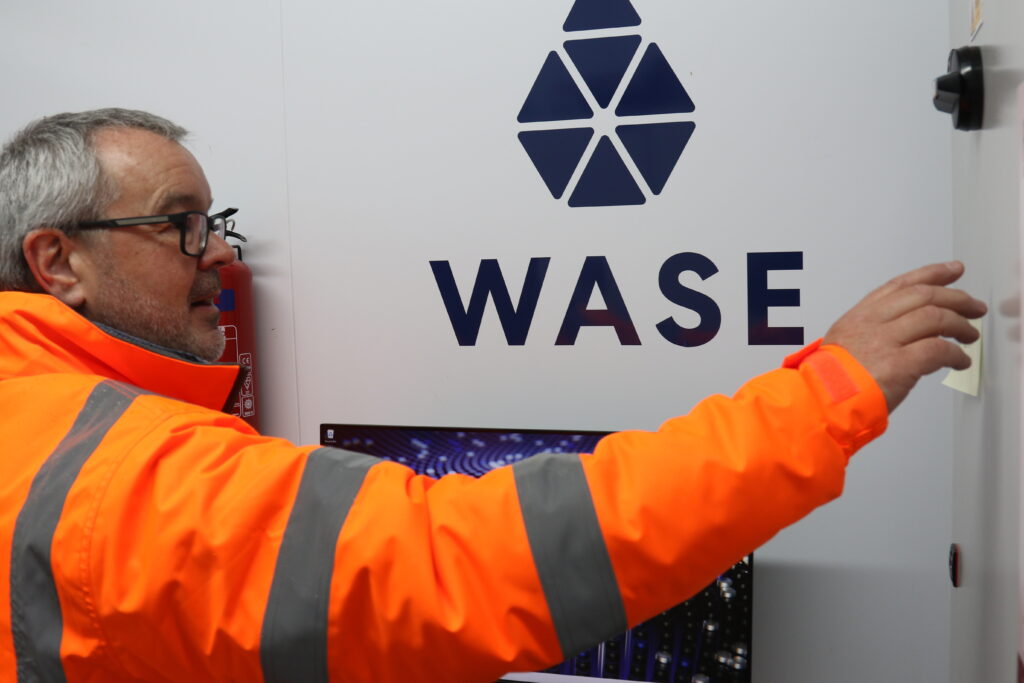It’s encouraging to see biomethane gaining traction in the UK’s 2025 Future Energy Scenarios (FES), published by the National Energy System Operator (NESO) (NESO, 2025). The report recognises biomethane’s role in helping to decarbonise the gas grid as a critical move for the UK’s transition to net zero.
However, despite the clear focus on biomethane for grid injection, the report overlooks one of the most immediate and impactful ways to decarbonise industry, which is the direct use of biogas as industrial heat and electrical generation.

Industry Uses Nearly 20% of UK Gas.
On-site biogas generation can reduce the consumption and the need for upgrading and grid injection connections that are costly and take time.
According to the UK Government’s Digest of UK Energy Statistics (DUKES 2024), nearly 20% of the UK’s natural gas consumption is used by the industrial sector, with the rest divided mainly between electricity generation and domestic heating (DUKES, 2024 – Chapter 4).
20% of the UK’s natural gas is a significant share, especially in a sector that is hard to electrify. Electrification of industry is a key strategy that should not be ignored but is costly and not suitable for all applications. Despite this, the opportunity for biogas to reduce the industrial sector’s gas demand is barely addressed in the FES report, and that is a missed opportunity.
On-site industrial biogas production can take a waste stream and turn it into a low-cost, low-carbon, secure fuel source.
Many industries generate significant amounts of organic waste, sludges, and wastewater that are suitable for biogas production. Traditionally, disposing of these materials is expensive, often requiring collection by lorries and tankers that transport the waste off-site for processing. This adds substantial mileage to their operations.
For example, one client we spoke to travels the equivalent distance of driving from Bristol to Tanzania, then to South Africa, then to Kenya, and back to Bristol. That’s over 18,000 miles just to transport waste. This same waste could instead be converted into renewable energy directly on-site, eliminating these costly and environmentally impactful journeys.
We are already working with farms, breweries, cooked food processors, biofuel facilities and even Paper Mills to help take their waste and turn into biogas they can use on their site, as well reducing the need for vehicles on the road.

Onsite biogas use doesn’t require the additional need to upgrade it to biomethane or grid injection points. This reduces infrastructure costs and shortens project lead times.
It generally does not make financial sense for an industrial site to upgrade its biogas to grid injection quality, only to immediately draw that same gas back out for on-site use, despite potential subsidies.
This is a huge additional cost and reduces the carbon savings with additional embodied carbon for civils and equipment and then the energy use.
With the above in mind, we can clearly state that direct use of biogas in industry has three major benefits:
- Avoids the cost of upgrading and compression equipment
- Avoids costs and complexity of grid injection regulation and connection
- Can be used in conventional boilers or Combined Heat and Power (CHPs) with minor or no modifications.
This makes it a cost-effective solution for industrial heat, especially where biogas can be generated and used on the same site.

Why Both Approaches Matter
Focusing exclusively on biomethane injection risks leaving huge untapped potential in the industrial sector.
A dual-track strategy will allow us to:
- Remove transport waste offsite
- Remove projects adding additional upgrading equipment when local biogas demand is needed
- Decarbonise hard-to-electrify industrial processes
- Increase circularity and resource efficiency
To unlock the full value of biogas and biomethane, a dual-track strategy is required to get the most optimal solution. Centralised biomethane injection projects are great at treating highly distrusted waste streams and supporting a green gas grid. While decentralised industrial biogas reduces demand on the gas network. This dual approach maximises circularity, reduces costs, and increases energy security.
The 2025 FES report sets the right tone for the future. But to be truly future-ready, it must include direct biogas use in industrial decarbonisation planning.
References
- National Energy System Operator. (2025). Future Energy Scenarios 2025. Link
- Department for Energy Security and Net Zero. (2024). Digest of UK Energy Statistics (DUKES) – Chapter 4: Gas. Link
- Department for Energy Security and Net Zero. (2025). Energy Trends: Gas Consumption Q1 2025. Link

